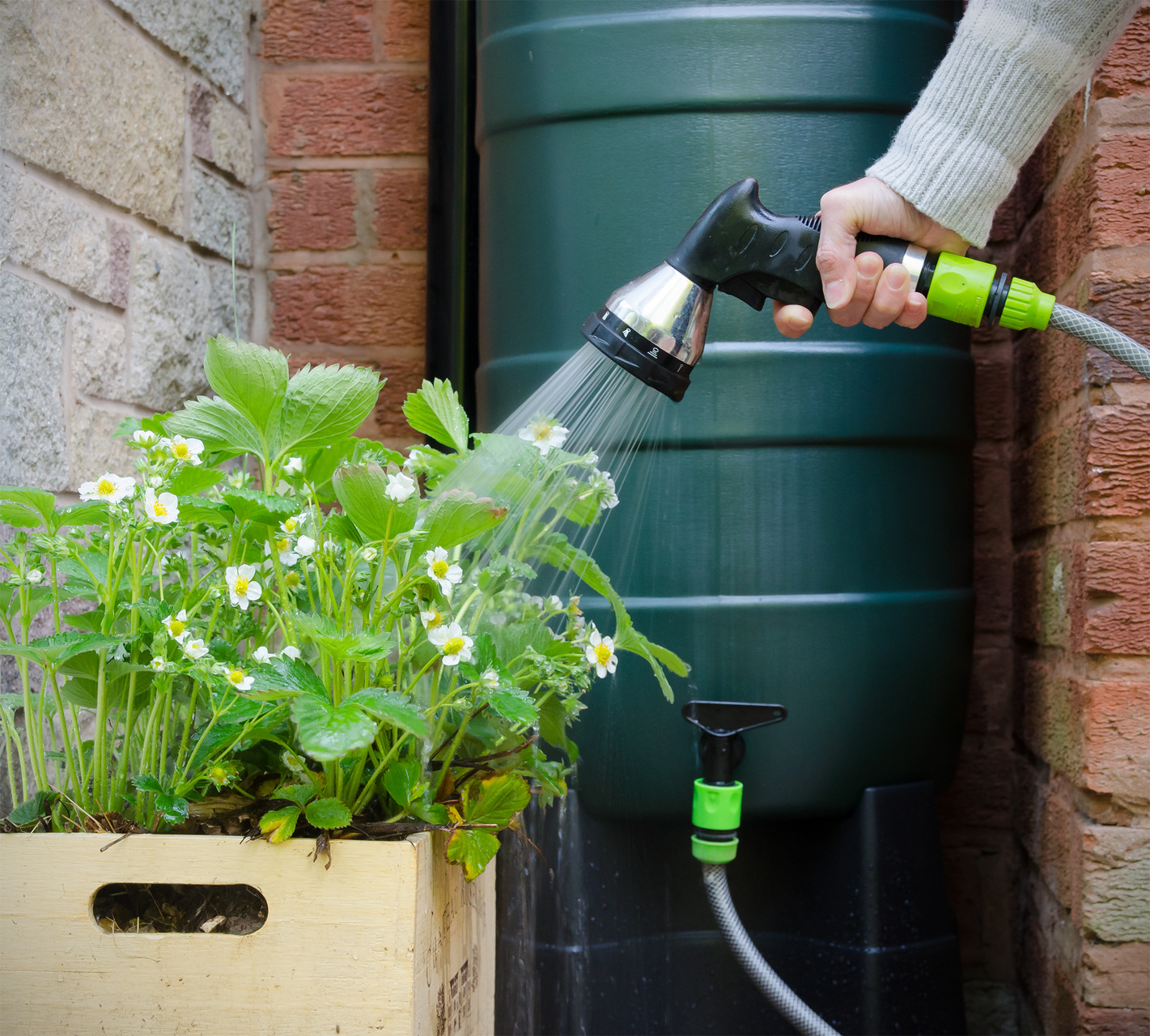How to make your rainwater go further
Rainwater harvesting is an environmentally friendly way to reduce your water costs and a Rainwater tank is a great addition to your garden. Having a sustainable source on hand means you won’t have to worry about water restrictions during periods of drought.
Although collected rainwater is a renewable source, during periods of little to no rain it can take a while to fill up again. We’ve put together some tips to ensure you’re making the most of your harvested rainwater.
Here’s how to make the most out of your rainwater tank.
Water in the evening or early morning:
If you want to make your water go further, water in the morning or early evening. These are usually when the temperatures are lower. During high temperatures, water can evaporate before being absorbed into the soil.
Avoid mid-day when temperatures are at their highest, as this is when evaporation is most likely to occur. If the water evaporates before it is absorbed, your garden won’t receive any hydration, and you may have to increase how often you water.
Water gently
Aggressive watering can result in washout/movement of topsoil and expose shallow roots. Consider using a soaker hose connected to your Rainwater tank so you don’t damage any roots.
By watering gently, you can ensure your plants are protected and getting the water they need.
Water less frequently, but with more water
For a small garden, we recommend one to two watering sessions per week. Make sure you water thoroughly and ensure all plants are covered.
It is better to water less frequently and with larger amounts. This can encourage deeper root growth and make your plants more drought-resistant. Light watering can also lead to poor absorption, as water could be evaporated from the soil.
Be careful to avoid over-watering! As this can waterlog the soil and drown the roots. Most plants need about 1 inch of water per week, so try to divvy this up between sessions.
For more information on how much water your garden needs, visit this blog.
Make sure you prepare your soil properly
To get the most out of your rainwater, you must prepare soil correctly.
Pull out any weeds, plants, stones or rocks that might be in the way. Loosen the soil to a depth of at least 8 inches. This allows the roots to reach down.
Add compost or fertiliser to your soil. Adding compost to your soil can help it retain nutrients and moisture. A healthy soil promotes healthy plant growth and means you can water less frequently as the soil will do a better job at retaining moisture.
For more information on how to prepare your soil, check out this blog.
Ensure your Rainwater tank is in the best position
To get the most out of your Rainwater tank, it needs to be placed in an optimal position. The tank should be close to downpipes so it can be easily connected to divert water. If it is too far from the already established downpipes, it may be difficult to collect water.
Consider the location of your garden or flower bed. If your Rainwater tank is too far from your garden, it may be inconvenient to use collected water.
A pump can be fitted in your tank to increase pressure, meaning a hose can be attached. This will help you get more range in your tank and reduce the amount of trips needed to fill a water bucket.
Watch out for plant scorching
Keep an eye out for plant scorching during hot conditions! If your leaves look discoloured or burnt, it may be a sign that something is wrong.
Plant scorching can occur if your plant is exposed to hot, windy, or dry conditions, there are too few nutrients in the soil, or there’s chemical injury from fertilizers. Once plant scorching occurs, there is no going back for the leaves affected. However, the rest of the plant can still recover. You may need to increase watering frequency, change fertilizer/compost or move it to a more suitable condition.
Visit this blog for more information on plant scorching.
Invest in a Rainwater Harvesting system
Rainwater Harvesting is an environmentally friendly way to cut back on your water costs. By installing a Rainwater tank, you can ease pressure on local infrastructure and benefit the environment.
We offer bespoke Rainwater Harvesting solutions for your garden. Our expert team can visit your home and determine the best size and location for your rainwater tank.






